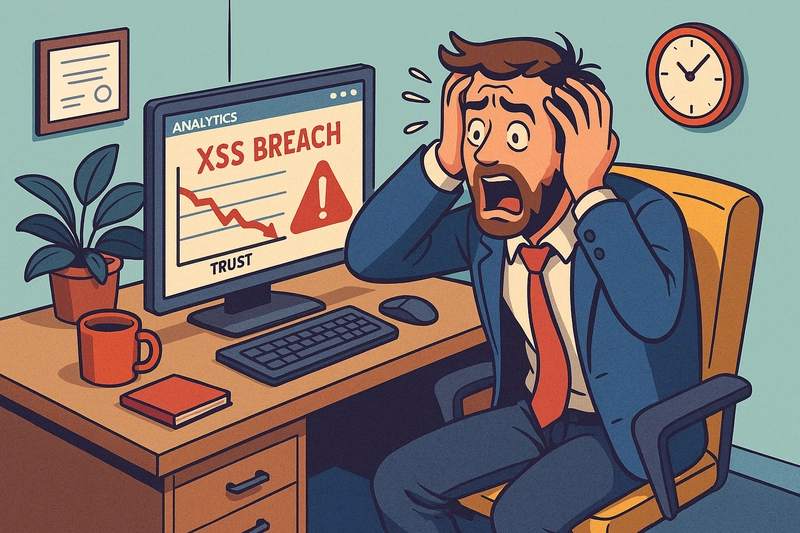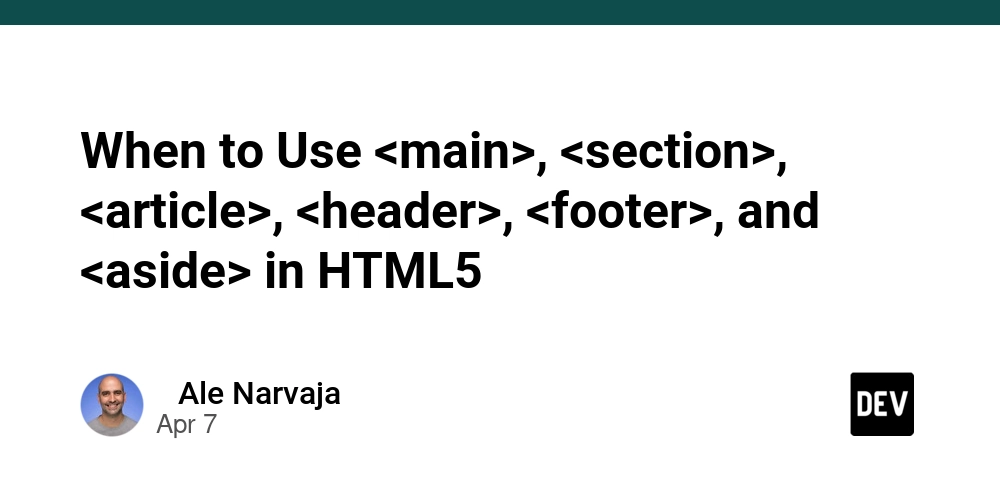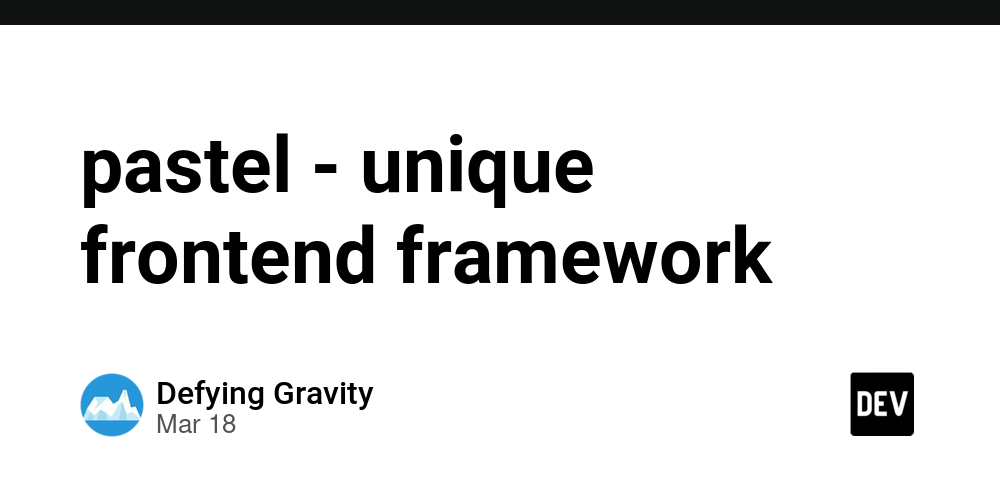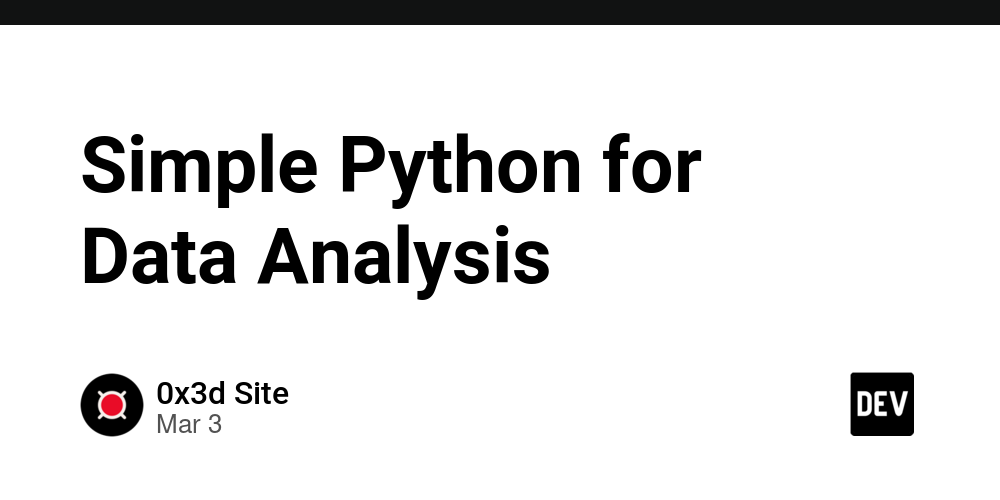Designing a successful Application Security Program: Strategies, Methods and tools for optimal Performance
AppSec is a multi-faceted, robust approach that goes beyond the simple vulnerability scan and remediation. The constantly evolving threat landscape, and the rapid pace of innovation and the increasing complexity of software architectures demands a holistic, proactive strategy that seamlessly integrates security into every phase of the development lifecycle. This comprehensive guide explores the essential components, best practices, and cutting-edge technologies that underpin a highly effective AppSec program, empowering organizations to fortify their software assets, reduce risks, and foster an environment of security-first development. At the heart of a successful AppSec program is an essential shift in mentality that sees security as a crucial part of the process of development rather than an afterthought or a separate project. This paradigm shift necessitates close collaboration between security teams, developers, and operations personnel, breaking down silos and instilling a belief in the security of applications they develop, deploy, and manage. DevSecOps helps organizations integrate security into their development workflows. This will ensure that security is addressed in all phases starting from the initial ideation stage, through development, and deployment up to continuous maintenance. https://www.linkedin.com/posts/qwiet_free-webinar-revolutionizing-appsec-with-activity-7255233180742348801-b2oV A key element of this collaboration is the creation of clear security policies standards, guidelines, and standards which establish a foundation for safe coding practices, threat modeling, as well as vulnerability management. These policies must be based on industry best practices, such as the OWASP top ten, NIST guidelines as well as the CWE. They should take into account the distinct requirements and risk that an application's and the business context. By writing these policies down and making available to all stakeholders, companies can guarantee a consistent, common approach to security across their entire portfolio of applications. To implement these guidelines and to make them applicable for the development team, it is vital to invest in extensive security education and training programs. These programs should provide developers with the necessary knowledge and abilities to write secure codes and identify weaknesses and implement best practices for security throughout the development process. Training should cover a wide spectrum of topics that range from secure coding practices and the most common attack vectors, to threat modeling and security architecture design principles. discover more By fostering a culture of continuous learning and providing developers with the equipment and tools they need to build security into their work, organizations can establish a strong base for an effective AppSec program. In addition to training organizations should also set up solid security testing and validation procedures to detect and fix weaknesses before they are exploited by criminals. This calls for a multi-layered strategy that encompasses both static and dynamic analysis methods, as well as manual penetration tests and code reviews. The development phase is in its early phases static Application Security Testing tools (SAST) can be utilized to identify vulnerabilities such as SQL Injection, cross-site scripting (XSS) and buffer overflows. Dynamic Application Security Testing tools (DAST) in contrast, can be utilized to test simulated attacks against running applications to find vulnerabilities that may not be found by static analysis. Although these automated tools are vital to identify potential vulnerabilities at scale, they are not an all-purpose solution. Manual penetration tests and code reviews performed by highly skilled security experts are essential in identifying more complex business logic-related weaknesses that automated tools might miss. Combining automated testing and manual validation, businesses can obtain a more complete view of their overall security position and determine the best course of action based on the severity and potential impact of identified vulnerabilities. To further enhance the effectiveness of the effectiveness of an AppSec program, companies should look into leveraging advanced technologies such as artificial intelligence (AI) and machine learning (ML) to enhance their security testing capabilities and vulnerability management. AI-powered tools are able analyze large amounts of application and code data and spot patterns and anomalies that could indicate security concerns. These tools can also increase their ability to detect and prevent emerging threats by learning from the previous vulnerabilities and attacks patterns. Code property graphs are an exciting AI application that is currently in AppSec. They can be used to detect and address vulnerabilities more effectively and efficiently. CPGs are an extensive representation of a program's codebase that cap
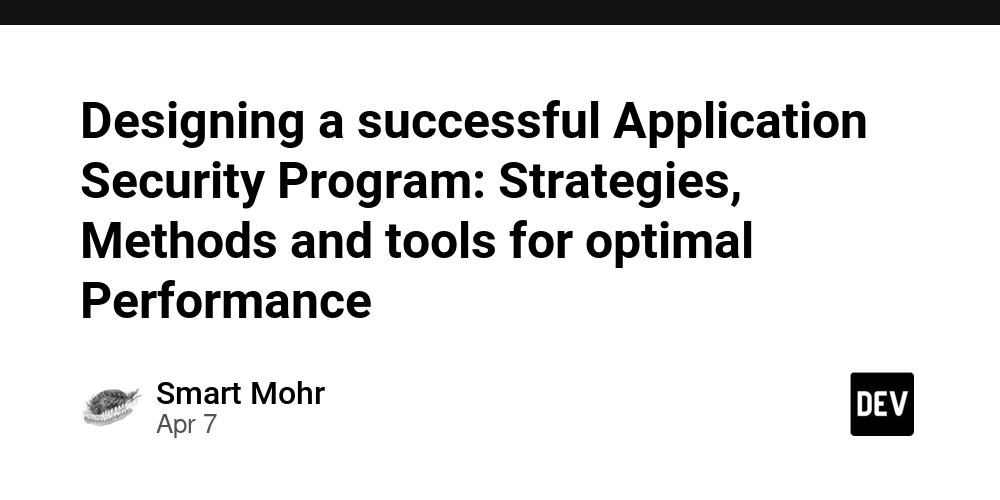
AppSec is a multi-faceted, robust approach that goes beyond the simple vulnerability scan and remediation. The constantly evolving threat landscape, and the rapid pace of innovation and the increasing complexity of software architectures demands a holistic, proactive strategy that seamlessly integrates security into every phase of the development lifecycle. This comprehensive guide explores the essential components, best practices, and cutting-edge technologies that underpin a highly effective AppSec program, empowering organizations to fortify their software assets, reduce risks, and foster an environment of security-first development.
At the heart of a successful AppSec program is an essential shift in mentality that sees security as a crucial part of the process of development rather than an afterthought or a separate project. This paradigm shift necessitates close collaboration between security teams, developers, and operations personnel, breaking down silos and instilling a belief in the security of applications they develop, deploy, and manage. DevSecOps helps organizations integrate security into their development workflows. This will ensure that security is addressed in all phases starting from the initial ideation stage, through development, and deployment up to continuous maintenance.
https://www.linkedin.com/posts/qwiet_free-webinar-revolutionizing-appsec-with-activity-7255233180742348801-b2oV A key element of this collaboration is the creation of clear security policies standards, guidelines, and standards which establish a foundation for safe coding practices, threat modeling, as well as vulnerability management. These policies must be based on industry best practices, such as the OWASP top ten, NIST guidelines as well as the CWE. They should take into account the distinct requirements and risk that an application's and the business context. By writing these policies down and making available to all stakeholders, companies can guarantee a consistent, common approach to security across their entire portfolio of applications.
To implement these guidelines and to make them applicable for the development team, it is vital to invest in extensive security education and training programs. These programs should provide developers with the necessary knowledge and abilities to write secure codes and identify weaknesses and implement best practices for security throughout the development process. Training should cover a wide spectrum of topics that range from secure coding practices and the most common attack vectors, to threat modeling and security architecture design principles. discover more By fostering a culture of continuous learning and providing developers with the equipment and tools they need to build security into their work, organizations can establish a strong base for an effective AppSec program.
In addition to training organizations should also set up solid security testing and validation procedures to detect and fix weaknesses before they are exploited by criminals. This calls for a multi-layered strategy that encompasses both static and dynamic analysis methods, as well as manual penetration tests and code reviews. The development phase is in its early phases static Application Security Testing tools (SAST) can be utilized to identify vulnerabilities such as SQL Injection, cross-site scripting (XSS) and buffer overflows. Dynamic Application Security Testing tools (DAST) in contrast, can be utilized to test simulated attacks against running applications to find vulnerabilities that may not be found by static analysis.
Although these automated tools are vital to identify potential vulnerabilities at scale, they are not an all-purpose solution. Manual penetration tests and code reviews performed by highly skilled security experts are essential in identifying more complex business logic-related weaknesses that automated tools might miss. Combining automated testing and manual validation, businesses can obtain a more complete view of their overall security position and determine the best course of action based on the severity and potential impact of identified vulnerabilities.
To further enhance the effectiveness of the effectiveness of an AppSec program, companies should look into leveraging advanced technologies such as artificial intelligence (AI) and machine learning (ML) to enhance their security testing capabilities and vulnerability management. AI-powered tools are able analyze large amounts of application and code data and spot patterns and anomalies that could indicate security concerns. These tools can also increase their ability to detect and prevent emerging threats by learning from the previous vulnerabilities and attacks patterns.
Code property graphs are an exciting AI application that is currently in AppSec. They can be used to detect and address vulnerabilities more effectively and efficiently. CPGs are an extensive representation of a program's codebase that captures not only the syntactic structure of the application but additionally complex dependencies and relationships between components. Through the use of CPGs AI-driven tools are able to provide a thorough, context-aware analysis of an application's security posture and identify vulnerabilities that could be overlooked by static analysis methods.
CPGs can automate vulnerability remediation using AI-powered techniques for code transformation and repair. AI algorithms are able to generate context-specific, targeted fixes by studying the semantic structure and nature of the vulnerabilities they find. secure assessment platform This helps them identify the root of the issue, rather than just dealing with its symptoms. This method is not just faster in the removal process but also decreases the possibility of breaking functionality, or introducing new weaknesses.
Integration of security testing and validation to the continuous integration/continuous delivery (CI/CD), pipeline is another key element of a successful AppSec. Through automated security checks and embedding them into the build and deployment process, organizations can catch vulnerabilities earlier and stop them from making their way into production environments. The shift-left security approach can provide faster feedback loops and reduces the amount of time and effort required to find and fix problems.
To reach the level of integration required companies must invest in the most appropriate tools and infrastructure to help support their AppSec program. It is not just the tools that should be used to conduct security tests and testing, but also the frameworks and platforms that allow integration and automation. Containerization technologies like Docker and Kubernetes can play a vital function in this regard, creating a reliable, consistent environment to conduct security tests and isolating potentially vulnerable components.
Effective communication and collaboration tools are as crucial as technology tools to create the right environment for safety and enabling teams to work effectively together. Jira and GitLab are problem tracking systems that help teams to manage and prioritize weaknesses. Tools for messaging and chat such as Slack and Microsoft Teams facilitate real-time knowledge sharing and communications between security professionals.
secure assessment platform The success of an AppSec program isn't solely dependent on the technology and instruments used as well as the people who support it. To build a culture of security, it is essential to have a leadership commitment, clear communication and an effort to continuously improve. Organisations can help create an environment that makes security more than a box to mark, but an integral aspect of growth by encouraging a sense of responsibility by encouraging dialogue and collaboration offering resources and support and encouraging a sense that security is a shared responsibility.
In order to ensure the effectiveness of their AppSec program, companies must be focusing on creating meaningful measures and key performance indicators (KPIs) to track their progress and identify areas to improve. These indicators should cover the entire lifecycle of an application including the amount of vulnerabilities discovered during the development phase through to the time taken to remediate issues and the overall security posture of production applications. By regularly monitoring and reporting on these metrics, businesses can demonstrate the value of their AppSec investments, identify trends and patterns and make informed decisions regarding the best areas to focus on their efforts.
To keep up with the constantly changing threat landscape and new practices, businesses need to engage in continuous learning and education. Attending conferences for industry or online classes, or working with experts in security and research from outside can allow you to stay informed on the latest trends. In fostering a culture that encourages continuing learning, organizations will make sure that their AppSec program remains adaptable and resilient in the face of new threats and challenges.
Additionally, it is essential to be aware that app security is not a one-time effort it is an ongoing process that requires constant commitment and investment. As new technologies develop and practices for development evolve organisations must continuously review and revise their AppSec strategies to ensure they remain efficient and aligned to their business objectives. If they adopt a stance of continuous improvement, fostering cooperation and collaboration, and harnessing the power of new technologies such as AI and CPGs. Organizations can establish a robust, flexible AppSec program that protects their software assets but also helps them innovate with confidence in an increasingly complex and challenging digital landscape.secure assessment platform
















